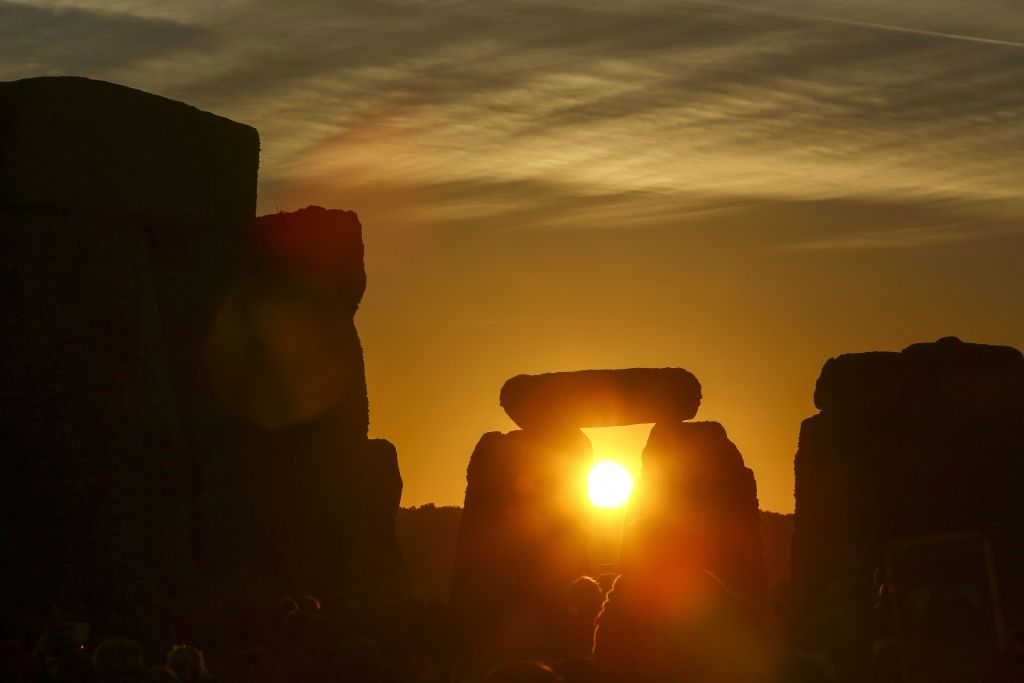Sunshine revelers in the Northern Hemisphere have been enjoying the days growing longer and the evenings growing brighter; but now, that trend will be reversed. Friday, June 21 is summer solstice, the longest day of the year above the equator and the turning point after which the sun starts rising later and setting earlier.
“Solstice” comes from the Latin solsitium, or “sun stands still.” The sun does indeed appear to stand still on the solstice, as it reaches its highest point in the sky. This illusion occurs because the Earth’s is tilted as far as it goes toward the sun.

The solstice marks the official first day of summer, and has been celebrated for its symbolic importance since ancient times. In England, pagans and travelers visit Stonehenge to watch the sun rise among the stones. In Sweden, the solstice is tied to the celebration of Midsummer, though the date is set at June 24 every year while the date of the summer solstice moves.
Whether you stare at the sun, feast, drink or dance, be sure to enjoy the solstice—the days only get darker from here.
More Must-Reads From TIME
- The 100 Most Influential People of 2024
- Coco Gauff Is Playing for Herself Now
- Scenes From Pro-Palestinian Encampments Across U.S. Universities
- 6 Compliments That Land Every Time
- If You're Dating Right Now , You're Brave: Column
- The AI That Could Heal a Divided Internet
- Fallout Is a Brilliant Model for the Future of Video Game Adaptations
- Want Weekly Recs on What to Watch, Read, and More? Sign Up for Worth Your Time
Contact us at letters@time.com